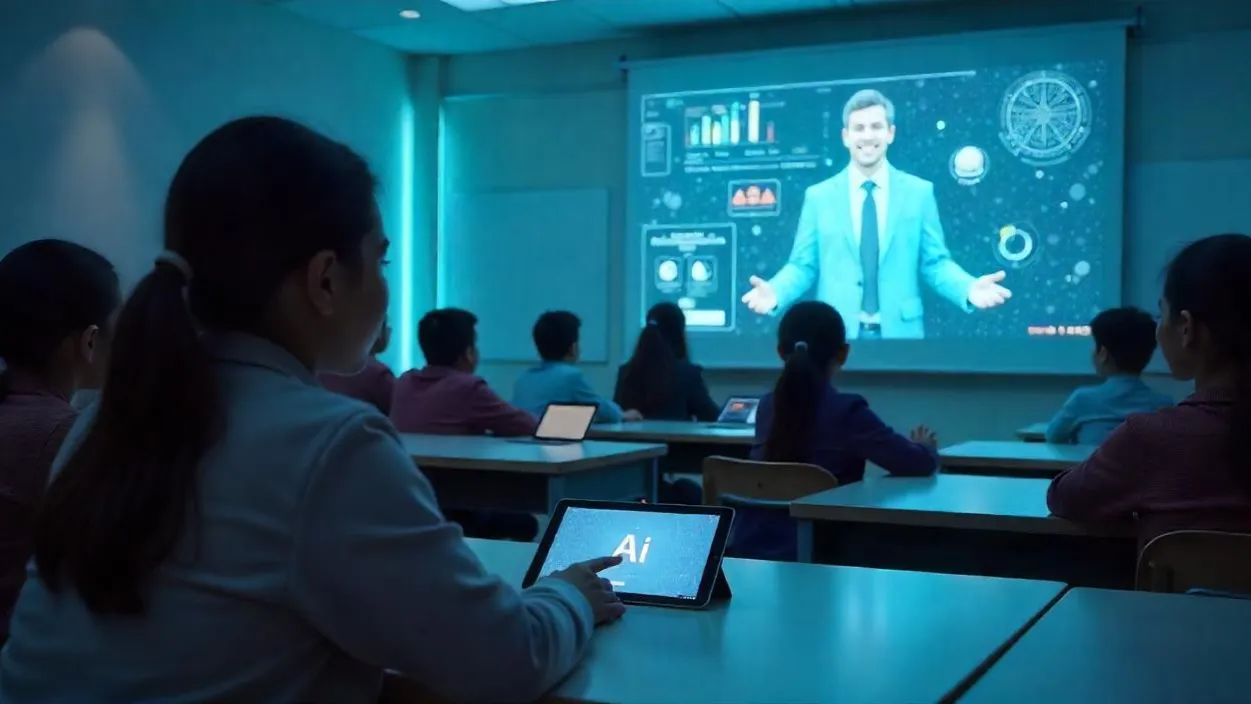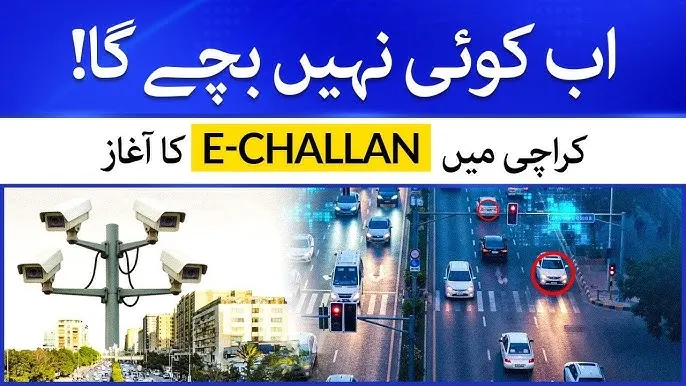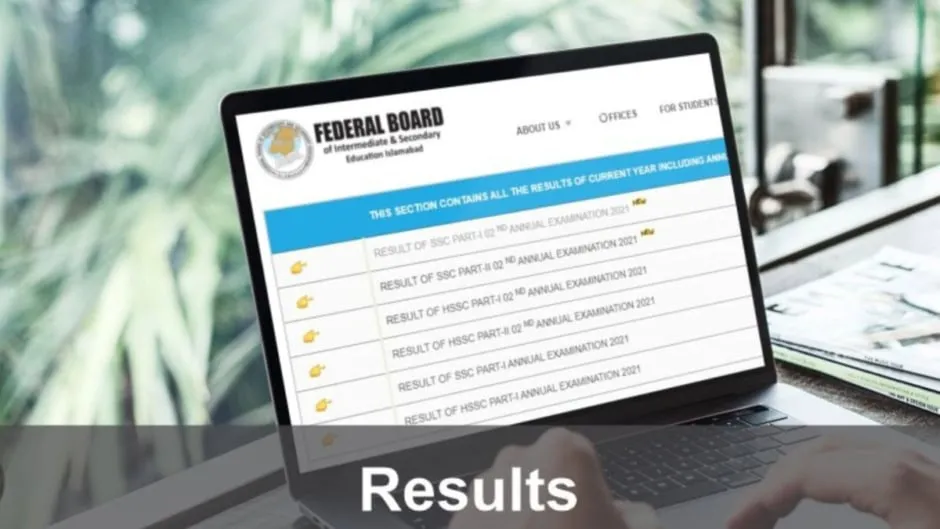The world is witnessing a transformative shift driven by Artificial Intelligence (AI), and its profound impact is increasingly reshaping every sector, including education. In Pakistan, a nation with immense youth potential and a rapidly evolving digital landscape, the integration of AI into its education system presents both unprecedented opportunities for progress and significant challenges that demand thoughtful consideration.
For years, Pakistan’s education system has grappled with issues of access, quality, and relevance. The traditional pedagogical approach often struggles to keep pace with global advancements and the evolving demands of the job market. This is where AI, with its capacity for personalization, automation, and data-driven insights, offers a compelling vision for a more efficient, inclusive, and effective learning environment.
The Promise of AI: Transforming Learning in Pakistan
AI holds the potential to address some of the most persistent challenges in Pakistani education:
- Personalized Learning Pathways: Imagine a system that understands each student’s unique learning style, strengths, and weaknesses. AI-powered platforms can adapt content, pace, and teaching methods to individual needs, filling knowledge gaps and reinforcing concepts more effectively. This is particularly crucial in a country with diverse learning environments and varying access to resources. Recent collaborations, like MindHYVE.ai™ and Smart Learnify launching Pakistan’s first AI-powered personalized learning platform, are promising steps in this direction.
- Enhanced Accessibility and Reach: AI-driven online learning platforms can bridge the geographical divide, offering quality education to students in remote and underserved areas where physical schools might be scarce or under-resourced. This could significantly contribute to addressing the issue of out-of-school children and provide learning opportunities for girls in regions facing cultural barriers to traditional schooling.
- Automated Assistance for Educators: Teachers often face immense workloads. AI tools can automate administrative tasks like grading, lesson planning, and even generating quizzes. This frees up valuable time for educators to focus on more impactful activities like personalized mentorship, fostering critical thinking, and addressing individual student needs.
- Intelligent Tutoring Systems: AI-powered tutors can provide immediate, round-the-clock support to students, answering questions, explaining complex concepts, and offering practice exercises. Initiatives like the Ministry of Federal Education’s plan to introduce Khanmigo, an AI-powered tutor, in Islamabad’s government middle schools are exciting examples of this potential.
- Data-Driven Insights: AI can analyze vast amounts of student data to identify learning patterns, predict potential difficulties, and provide educators with actionable insights to improve teaching strategies and curriculum design.
- Skill Development for the Future: Integrating AI into the curriculum from an early age ensures that Pakistani youth are equipped with the skills necessary to thrive in an increasingly AI-driven global economy, making them more competitive in the job market.
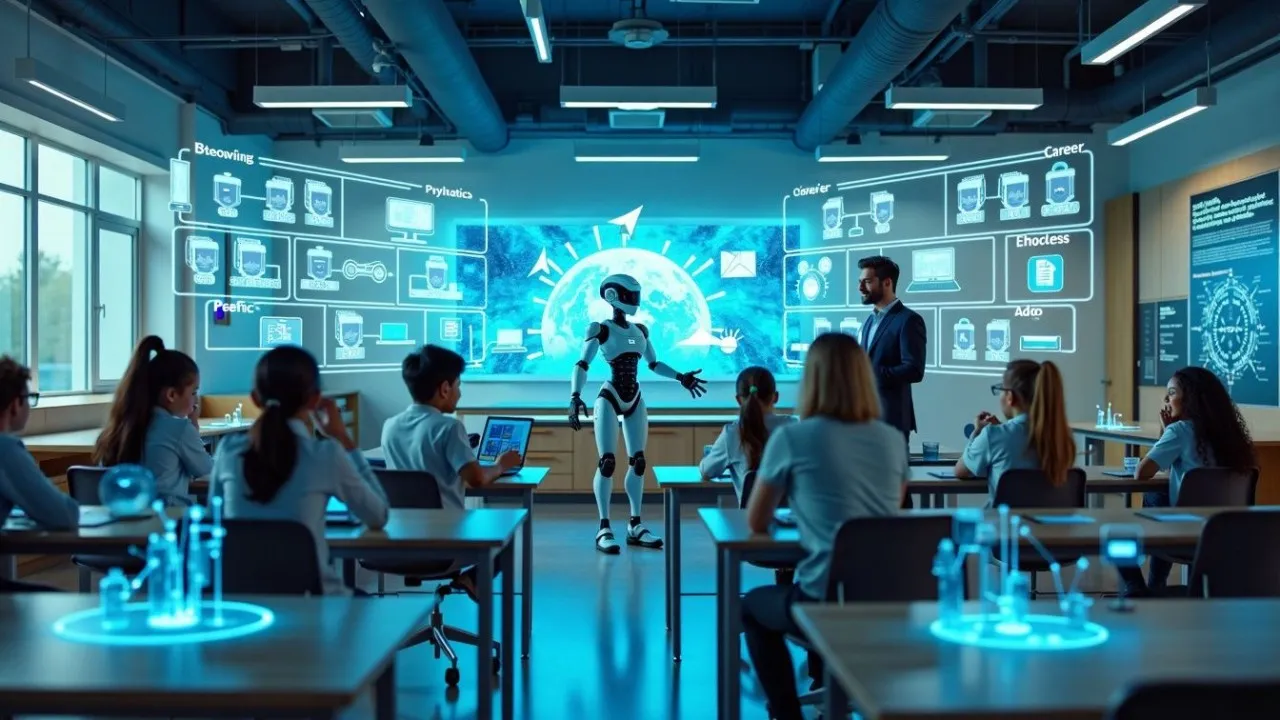
Navigating the Challenges: The Road Ahead for AI in Pakistan’s Education
While the opportunities are vast, the path to widespread AI integration in Pakistan’s education system is not without its hurdles:
- The Digital Divide: A significant portion of Pakistan’s population lacks consistent internet access and affordable digital devices. This “digital divide” could exacerbate existing inequalities if AI education is not made equitably accessible to all students, regardless of their socio-economic background or geographical location.
- Teacher Training and Adoption: For AI tools to be effective, teachers must be trained not only to use them but also to integrate them meaningfully into their pedagogy. Resistance to new technologies and a lack of adequate training can hinder successful implementation.
- Infrastructure Limitations: Implementing AI solutions requires robust digital infrastructure, including reliable internet connectivity and adequate computing resources in schools. Many public-sector institutions, especially in rural areas, currently lack these basic facilities.
- Curriculum Overhaul: Traditional curricula often focus on rote memorization. Integrating AI necessitates a significant shift towards critical thinking, problem-solving, and creativity. This requires a comprehensive overhaul of existing syllabi.
- Ethical Concerns: The use of AI in education raises important ethical questions regarding data privacy, algorithmic bias, and academic integrity. Ensuring student data is protected, algorithms are fair and unbiased, and students use AI tools responsibly (e.g., preventing AI-generated plagiarism) is paramount.
- Cost of Implementation: The initial investment required for AI infrastructure, software, and teacher training can be substantial for a developing country like Pakistan.
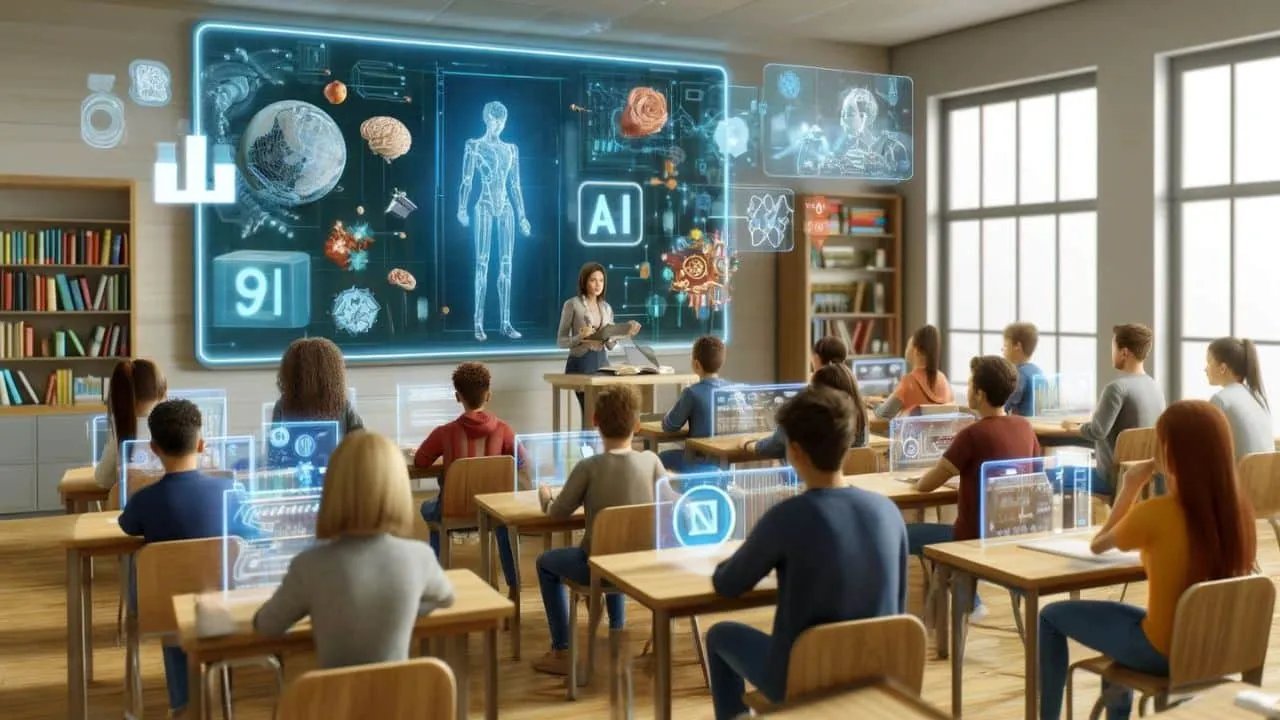
Government Initiatives and the Path Forward
Recognizing the criticality of AI, the Pakistani government has begun to take steps. The federal government’s decision to include AI as a subject in the educational curriculum and the announcement of Pakistan’s first Artificial Intelligence University in Lahore by Punjab Chief Minister Maryam Nawaz are significant moves. These initiatives aim to prepare the youth for a technology-driven future and foster innovation.
However, a holistic and sustainable approach is needed. This includes:
- Investing in Digital Infrastructure: Expanding broadband internet access, especially in rural areas, and providing affordable digital devices are foundational steps.
- Comprehensive Teacher Training Programs: Equipping educators with the necessary skills and confidence to effectively leverage AI in their classrooms.
- Developing Localized AI Solutions: Creating AI tools and content that are culturally relevant and address the specific needs and linguistic diversity of Pakistani students.
- Robust Policy Frameworks: Establishing clear ethical guidelines, data protection laws, and policies for responsible AI integration to build trust and ensure equitable access.
- Public-Private Partnerships: Collaborating with technology companies, educational institutions, and NGOs to pool resources and expertise for wider implementation.
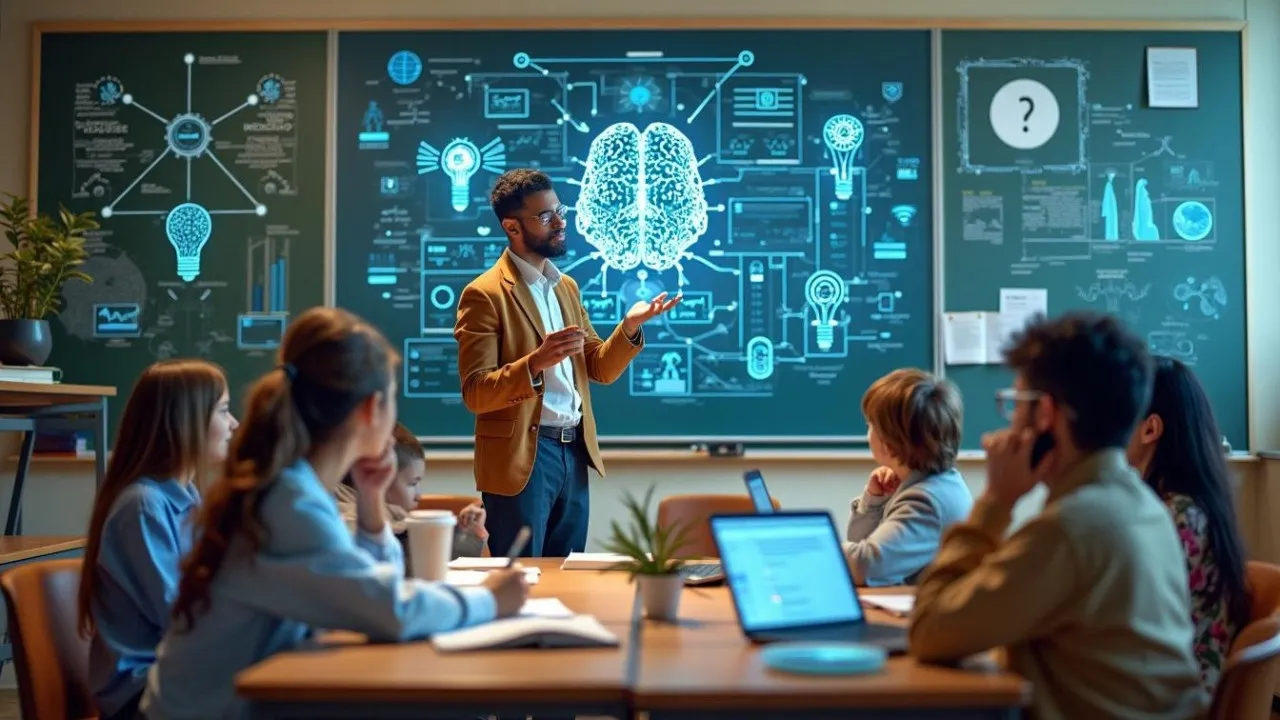
The AI revolution is not just a technological advancement; it’s a societal transformation. For Pakistan, embracing AI in education is not merely an option but a necessity to prepare its future generations for global competitiveness, foster innovation, and address its persistent educational challenges. By strategically navigating the opportunities and proactively addressing the challenges, Pakistan can truly harness the power of AI to build a smarter, more inclusive, and prosperous future for its youth.



